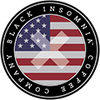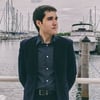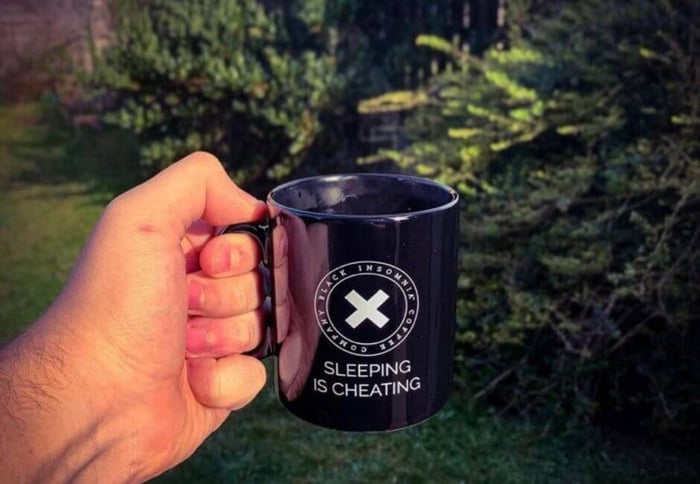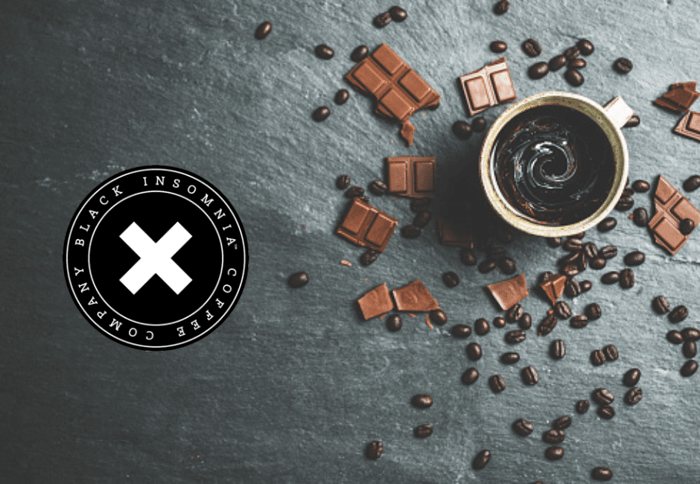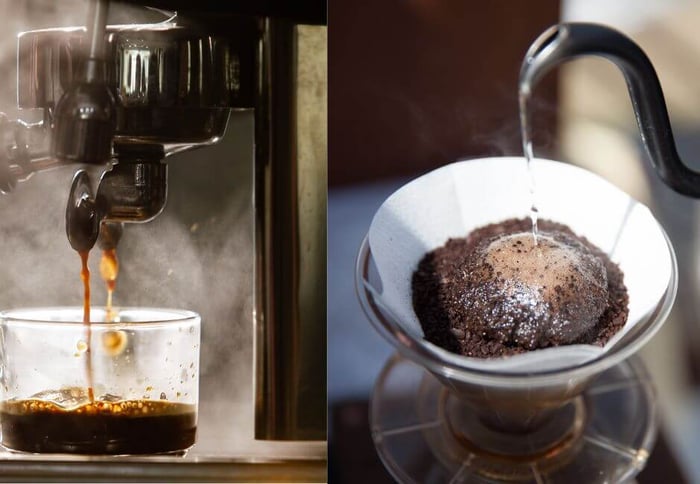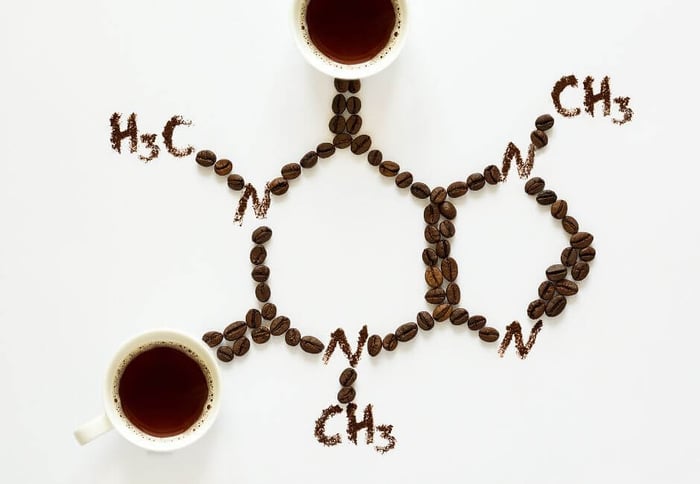Alright, caffeine connoisseurs: it's game time. But not just any game. No, no. We're talking about the high-stakes, adrenaline-pumping game of making the strongest coffee possible.
The coffee world is vast, complex, and full of more twists and turns than a dual boiler espresso machine in a David Lynch film. Making truly strong coffee isn’t just about overused phrases like “knowing your beans,” or procuring the fanciest, most expensive brewing equipment known to affiliate marketers. It's about understanding the science and the art that goes into crafting a cup of coffee so potent it could put hair on the chest of a hairless cat. (But seriously, please don’t let your pets drink coffee.)
So let’s dive deep into the swirling, murky depths of this tantalizing beverage—where secrets are whispered, and mysteries are revealed—all in pursuit of perfect, caffeinated nirvana. Coffee fanatics: it’s time to elevate your coffee game, conquer the caffeine cosmos, and leave the ordinary far, far behind.
In other words… let’s make some damn strong coffee:
Tips & Techniques for Stronger Coffee with More Caffeine
Go Bean or Go Home
Any coffee snob will tell you: if you're serious about brewing the strongest coffee, high-quality, whole beans are pretty much non-negotiable. Robusta beans, in general, contain roughly twice the caffeine of arabica beans—but they can be a tad bitter on their own. Therefore, you’ll want to zero in on well-crafted robusta blends like Black Insomnia if you want to brew the strongest, best cup of coffee.
Honestly, the difference in caffeine content between grounds and whole bean is pretty negligible, but in the interest of giving a complete answer (and appeasing any master baristas who are reading this guide for some reason) I have to mention it.
Fresher is Better
Buy whole beans and grind them at home like the coffee fanatic you are. Grinding right before brewing keeps the pesky oxidation process at bay, preserving flavor and caffeine potency. (And for the love of caffeine, use a burr grinder—consistency is key.)
Store your coffee beans in an airtight container, away from heat, light, and moisture. Treat them like the precious little powerhouses they are, and they'll reward you with the strongest coffee they can produce.
Pressure Doesn’t Necessarily Make Diamonds
While espresso machines and moka pots are known for their high-pressure, high-heat techniques, it's important to note that non-espresso brewing methods can actually yield coffee with even more caffeine.
Traditional drip coffee makers, French presses, and pour-over methods allow for longer extraction times, which in turn facilitate greater extraction of caffeine and flavor compounds from the grounds, i.e. stronger coffee overall.
The secret lies in the brewing time and the coffee-to-water ratio. These methods generally use more water and a longer brewing process, resulting in a larger volume of coffee that contains a higher overall caffeine content.
So, if you're seeking the ultimate caffeinated coffee experience, but you don’t want to take out one of Tom Selleck’s reverse mortgages to buy a decent espresso machine—don’t fret. A simple pour over, French Press, or AeroPress is actually more capable of giving you a caffeine-packed cup of joe that's ready to rumble.
Surface Area is Your Friend
Embrace the power of the fine grind. The increased surface area in contact with water during brewing means more caffeine and flavor for your cup. Think of it as optimizing your coffee for efficiency, or “getting more bang for your bean” if you’d prefer something more insufferable.
It's the (mostly) unspoken rule of coffee enthusiasts: finer grounds equal bolder, richer, and more potent coffee. And who doesn’t want all those things? Honestly, if you're not grinding your beans to the perfect consistency for your brewing method, you're just letting them—and yourself—down.
Pick it up, friend. Conquer the world of fine grinds and watch as your taste buds dance with delight at the caffeinated symphony you've created. What's the point of being a strong coffee connoisseur if you're not going to indulge in the wonders of a finely ground, flavor-packed, caffeine-potent brew?
More Water = Weaker Brew
For the strongest cup of coffee that’s packed with caffeine but doesn’t taste too bitter to drink, you need to nail the coffee-to-water ratio. Experiment between 1:15 and 1:17 (grams of coffee to milliliters of water) and venture towards the lower end for a more potent brew. But don't go too low, or you'll end up with a severe case of bitter coffee face.
It's a delicate, high-stakes balancing act that can make or break your coffee experience—but fortunately you can just start over with another cup.
Timing: A Brewing Balancing Act
To extract more caffeine, brew your coffee longer, aiming for about 4-6 minutes of water-on-coffee contact. You’ll need to use a manual brewing method (i.e. French press, AeroPress, or pour over) for this, as your typical drip maker won’t have settings to control the amount of time the water is in contact with the grounds.
But don't get too wild with the clock. (Einstein famously had that problem.) Over-extraction can lead to a flavor so acrid and unpalatable that even the most hardcore caffeine connoisseur would struggle to choke it down.
Like a capricious lover, timing can elevate your coffee experience to the heavens—or send it spiraling into the depths of bitterness and despair. Or something like that. Anyway, get your brew time right or your cup of coffee will come out weak and taste bad.
The Fine Line Between Tepid and Scorched
When you’re burning through the night at the speed of light, with the heat of the beat beneath your feet, the name of the game is to fuel your flame. In other words, if you want to brew coffee with the highest caffeine content, the sweet spot for water temperature is between 195°F and 205°F (90°C and 96°C).
If you use boiling water to make your coffee, as many people unfortunately do, it’ll produce a cup of coffee that tastes bitter and burnt. If your water's too cool, it'll result in under-extraction and leave you with a weak, sad cup of something that barely qualifies as coffee.
The 195°F to 205°F range extracts maximum caffeine and flavor without scalding your precious coffee grounds and making your cup of “joe” taste like a cup of “burning tire fire.” So when it comes to brewing temperature, push it to the limit—but don’t cross it.
The Bottom Line
In the end, remember it's not just about the strongest coffee possible (although it mostly is).
It's about understanding and mastering the delicate, intricate dance of coffee brewing.
It's about finding the perfect balance between strength, flavor, and aroma to craft a cup of coffee that's not only a testament to your prowess as a caffeine connoisseur, but also a genuinely enjoyable, energizing experience.
The Strongest Coffee with the Most Caffeine
As you perfect your strong coffee brewing skills, you may find yourself seeking the ultimate challenge—brewing the strongest coffee on earth.
For that, you’ll need Black Insomnia.
With an impressive caffeine content that leaves other so-called “extra strong coffees” trembling in its wake, this mighty proprietary blend of beans is the actual strongest coffee you’ll find.
So, when you're ready to test the limits of coffee, and embark on an extreme caffeine adventure—dare to brew a cup of Black Insomnia.
Extreme Caffeine - Cold Brew Ready To Drink Coffee
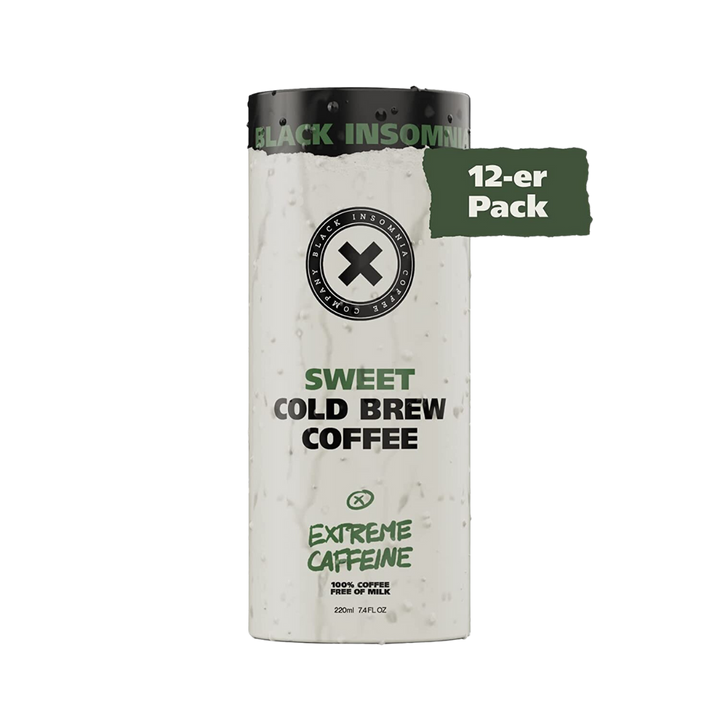
$29.99
GRAB A CAN, GET EXTREME Special Offer: Buy One Get One 50% Off - Code: ColdBrewBOGO Are you tired of those wimpy, weakling cold brews that barely make a dent in your sleep-deprived brain? Look no further than Black Insomnia… read more
